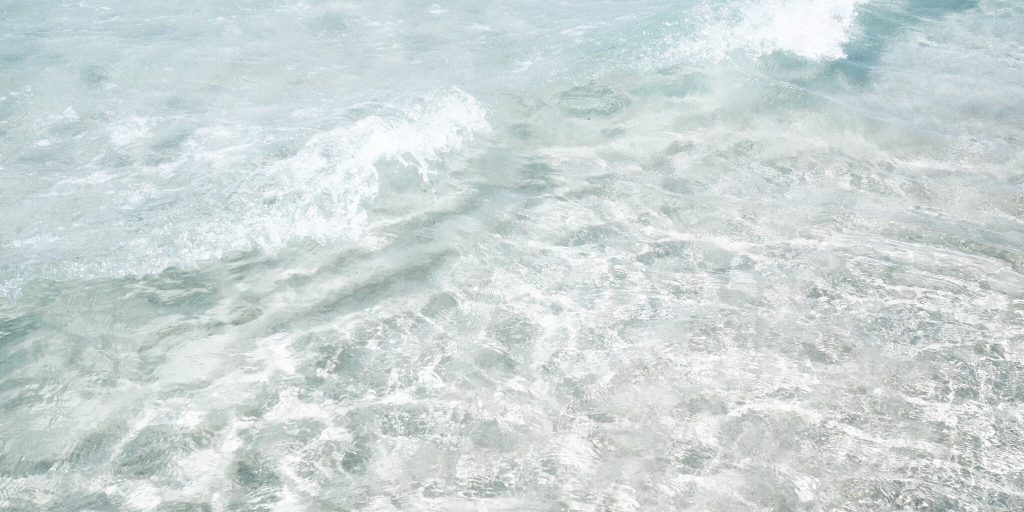Florida university, data analytics firm, team up to study coastal waterways
Data informs decisions across sectors and at all levels of government. It’s the backbone of emerging technologies and, in the push-back against climate change, it serves as a roadmap to help communities best direct their efforts, sometimes with limited resources.
In this effort, a partnership between the University of Florida’s Center for Coastal Solutions and the analytics firm SAS will leverage data taken from the Charlotte Harbor area to investigate the interdependencies between pollution, ocean circulation, coastal water quality and economics. Using artificial intelligence, researchers from the university—an interdisciplinary team of university researchers, including hydrologists, oceanographers, ecologists, economists and computer scientists—aim to build a platform that combines this data in real time with that taken from satellites to develop high-resolution water quality forecasting technology, which can be used by public administrators to better monitor water quality and adapt to a changing environment. The project will be built using SAS Viya, the analytics company’s flagship machine learning and data management platform, and is funded by the Florida Department of Environmental Protection.
“Our primary goal in coupling this advanced scientific understanding with a holistic assessment of the regional economy is to deliver useful, actionable information to decision makers who want to leave a legacy of cleaner waters, healthier ecosystems and a more robust, resilient economy in this region of the state,” said Christine Angelini, Ph. D, the coastal center’s director and an associate professor in the Florida university’s department of environmental engineering sciences. By capitalizing on the “supercomputing power” at University of Florida and SAS, the collaborative is in “a unique position to leverage large amounts of environmental data that have been collected by state agencies, the National Oceanographic and Atmospheric Administration, and others to better understand how coastal water quality is changing and why.”
Notably, the state’s FY22-23 budget commits more than $3.6 billion to the environment and water quality, of which $17 million will be dedicated to data analytics for water quality improvements statement about the initiative notes.
To that end, the partnership builds on an earlier collaboration between the two organizations that developed a pilot-scale platform that brings together into one platform “massive amounts of water quality data from the Charlotte Harbor estuary in near-real time with easy-to-use visualizations. This pilot project demonstrated the value of quickly integrating high-quality data to support decision making and scientific research,” according to the statement.
This new endeavor will expand the scope of that work to include more sections of the harbor and its associated tributaries throughout the Peace River Basin; it will also bring in additional environmental data. With this information, scientists are hoping they’ll better understand the current situation in Florida and be able to predict future change.
“This analytics platform will help us to better identify and respond to water quality changes in Charlotte Harbor, and it has the potential to unlock data-based solutions that will enhance our efforts around the state.” said Dr. Mark Rains, Florida’s chief science officer about the endeavor.




















